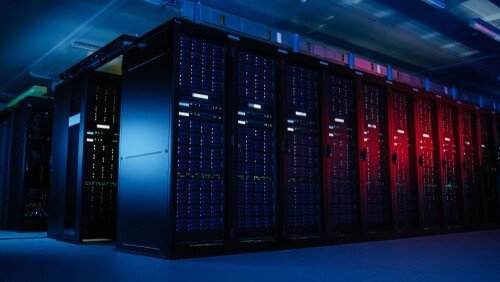A fire suppression system and other fire safety and protection devices are typically overlooked. Still, their presence in commercial establishments is vital.
While most ordinary people will not pay attention to a fire suppression system, they know that these devices present in commercial buildings and other larger multi-residential buildings provide their fire protection and safety when a fire emergency happens.
Fire sprinkler systems, which are part of a more extensive fire suppression system, will discharge water when they are triggered. These water-based fire sprinklers are just one variety of fire suppression systems. The type of suppression system you need will depend on what kind your building is, its usage, space, contents, and several other parameters.
Fire suppression systems using water are the most commonly used across the United States. However, suppression systems that use chemicals or gas are far more prevalent than you might think. In some cases, chemical and gas fire suppression systems are just as if not more effective than their water-based counterparts.

Fire Suppression System Basics
Suppression systems are engineered to extinguish fires and prevent the spread of them. They work by releasing and distributing water, gas, or chemical at the site of a fire. Most suppression systems have heat sensors that detect signs of a growing fire. Other suppression systems work by manually activating them.

Also, water is not the ideal fire suppression agent for rooms housing many electronic appliances and devices as it may end more property damage and destruction.
With these considerations and limitations in mind, fire suppression manufacturers have developed a practical alternative: a suppression system that makes use of gases and chemical solutions to extinguish and suppress fires.
While some of these materials work by preventing the spread of oxygen fires need to burn, the more advanced versions utilize chemical reactions to halt the combustion through the absorption of heat.
These suppression systems work effectively while causing minimal damage to the building and the property. Because of these features, chemical and gas-based fire suppression systems are emerging to be the preferred fire suppression device for the following:
1) buildings that house flammable materials that can’t be extinguished with water; and 2) buildings that house materials that are at risk for water damage.
Either way, federal fire codes, in conjunction with local or state building codes, order the use of fire suppression systems for all establishments, depending on specific parameters.

- Data centers and server rooms
- Telecommunications
- Switch rooms
- Electronics rooms
- Medical equipment and medical record rooms
- Oil pumping stations
- Engine and machinery areas
- Museums, libraries, antiquities
How to Decide What Fire Suppression System to Use
While the goal of all fire safety and protection devices are the same, deciding on what specific type of fire suppression system you need in your facility may require more consideration.
There are several factors you need to weigh in before you pick a suppression system installation. Some of these parameters include the size of your establishment, its contents, its fire risk factors, the space, occupancy, and more.
To guide you in the right direction, employ the services of a fire protection company. They have the knowledge to give you your best options. They are also well-informed about the federal and local fire codes you need to follow.
